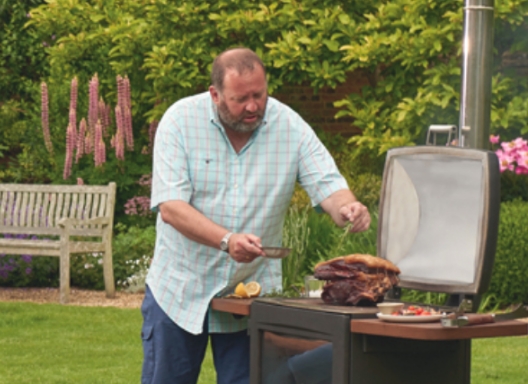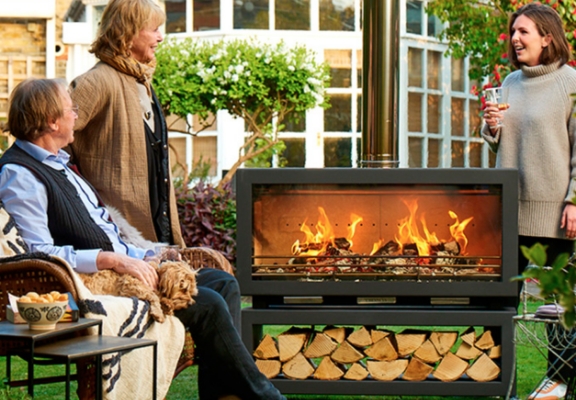Let's Get Cooking!
Cooking over a Chesneys Heater BBQ is a very different and special experience.
20% OFF ALL OUTDOOR HEATERS & DUAL FUNCTION MACHINES
offer closes at Midnight on April 18th
SHOP NOW
Let's Get Cooking!
Cooking over a Chesneys Heater BBQ is a very different and special experience.
Cooking
The Chesneys is at its best when cooking with the lid closed and we recommend this position whenever you are not actively attending to the food.
Our unique construction offers a significant distance to the fire and the oven like qualities of the insulated lid make for a forgiving cook that seals in the goodness and reduces the risk of burning. An accurate thermometer, a baffle that you can use to reduce direct heat and a moveable grill, all provide flexibility and the opportunity to cook low and slow as well as fast and full-on. That said, cooking over fire is always potentially unpredictable and without a doubt, the best way to become a great BBQ cook is through practice and perseverance. Don’t jump in to a 4-hour slow-cooked joint of meat on your first outing!

Cooking Over Fire
that said, cooking over fire is always potentially unpredictable and without a doubt, the best way to become a great BBQ cook is through practice and perseverance. Dont jump in to a 4 hour slow cooked joint of meat on your first outing!
View the collection
The best results
The best results undoubtedly come with familiarity with your machine, the right equipment, preparation, and care during the cooking process. And of course, always treat fire and the metal parts of the machine with the greatest respect, the exterior will heat up and should not be touched (even the handles, which do stay cooler) without gloves, at any time once the machine is alight.
Machine set up
Fuel and Air Control
Equipment
Preparation
Hot Zone & Cool Zone
Food Hygiene